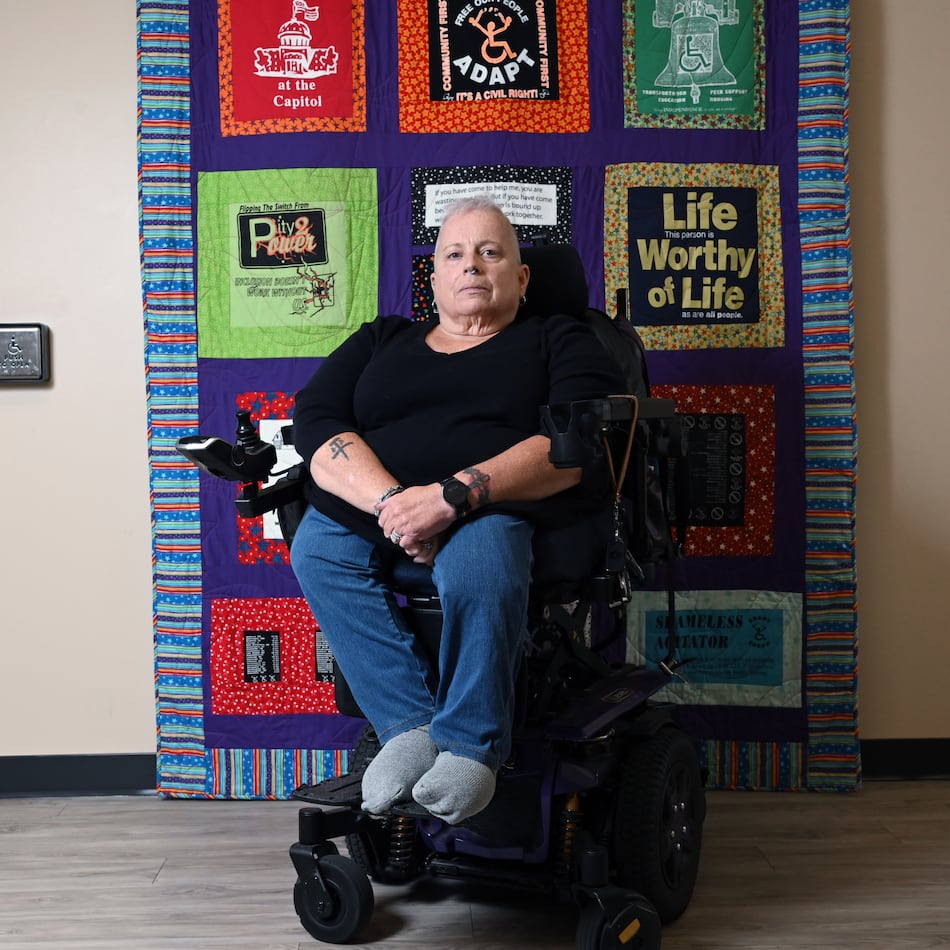President Donald Trump’s sweeping domestic policy bill shifts a greater share of the financial burden of managing food assistance programs onto states, which means Georgia will have to either cut back on some programs or pay a larger share.
One potential target for cuts are free and reduced-price school meals, a program that benefits two-thirds of Georgia’s K-12 students.
The school lunch program is tied to the federal Supplemental Nutrition Assistance Program, also known as food stamps. Under Trump’s “big, beautiful bill,” states that federal auditors have tagged as having a high SNAP payment error rate will be required to shoulder a greater portion of costs. Georgia is one such state.
Credit: AP
Credit: AP
According to the left-leaning Georgia Budget and Policy Institute, Georgia could be on the hook for $480 million in new SNAP costs when the cost-sharing provisions take effect in a few years.
“That’s a pretty sizable amount of money that the state hasn’t really planned for,” said Ife Finch Floyd, GBPI’s director of economic justice.
For the past three legislative sessions, state Rep. Imani Barnes, D-Tucker, has legislation to guarantee low-income students access to free and reduced-price meals. The bill has failed to pass for three consecutive years.
“I’m in the minority party, and because we have the money in the budget, they think that it’s not something we need to focus on right now,” she said.
Currently, Georgia receives about $1 billion annually from the federal government to pay for the state’s school meals program, while the state share is just $6.3 million.
“If the feds funds are pulled, then $6.3 million is out the door. We’re going to have to compensate for so much more,” she said.
The state is sitting on a $15 billion budget surplus, but Floyd said the state’s leadership has made it clear they won’t use that money to fund ongoing programs. That leaves Georgia with a stark choice.
“The state would either have to raise revenue somehow or cut other state programs in order to find enough resources to meet that new cost share,” she said.
State Rep. Matt Hatchett, R-Dublin, chairman of the House Appropriations Committee, said the state will not be able to take on significant new cost burdens.
“There’s just no way we can backfill all the federal funds that may get cut down the line in the future,” he said.
Across the state, more than a million students receive a free or reduced-price meal each day during the school year. Many are automatically qualified for those meals because they live in households receiving SNAP benefits.
If the state is unable to absorb the new costs, it might shift the burden onto families and schools. New paperwork burdens and work requirements for adults could push families out of the program — resulting in fewer students qualifying for school meals.
Floyd said the federal government will not begin implementing the cost shifts in Georgia until fiscal year 2028, meaning schools will not be impacted for several years. But to avoid the worst of the financial hit, the state will have to move quickly.
“To say it succinctly, the state doesn’t have that much time to improve error rates,” said Floyd.
Kate Goodin, the senior manager for the nonprofit No Kid Hungry Georgia, said SNAP cuts could have ripple effects for entire school communities.
Schools with at least 25% of students identified as eligible for SNAP can provide meals to all students free of charge through the Community Eligibility Provision, said Goodin.
Nearly 60% of Georgia schools participate in the Community Eligibility Provision, a program enacted by Congress in 2010 that provides free breakfast and lunch for entire schools in high-poverty areas.
“As Georgia families lose benefits, schools may become ineligible for the Community Eligibility Provision as well,” she said.
Goodin said federal changes come at a time when Georgia is already experiencing significant food insecurity. Across the state, 13% of Georgians are classified as “food insecure,” and 18% of children live in households where food insecurity is a problem, she said.
“This translates to over 1.2 million people, including more than 377,000 children, facing hunger in the state,” she said.
Reporter Michelle Baruchman contributed to this report.
About the Author
Keep Reading
The Latest
Featured




